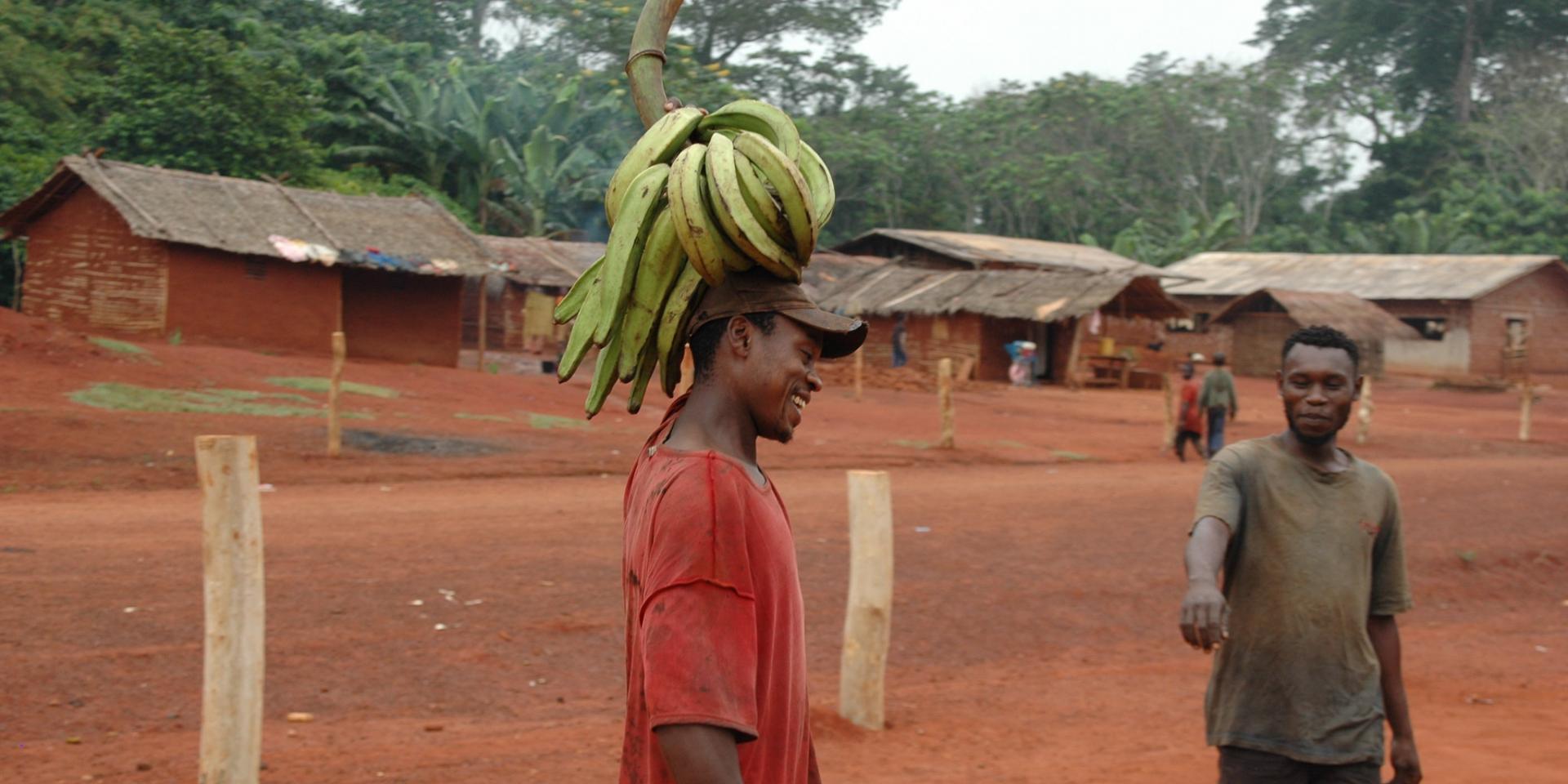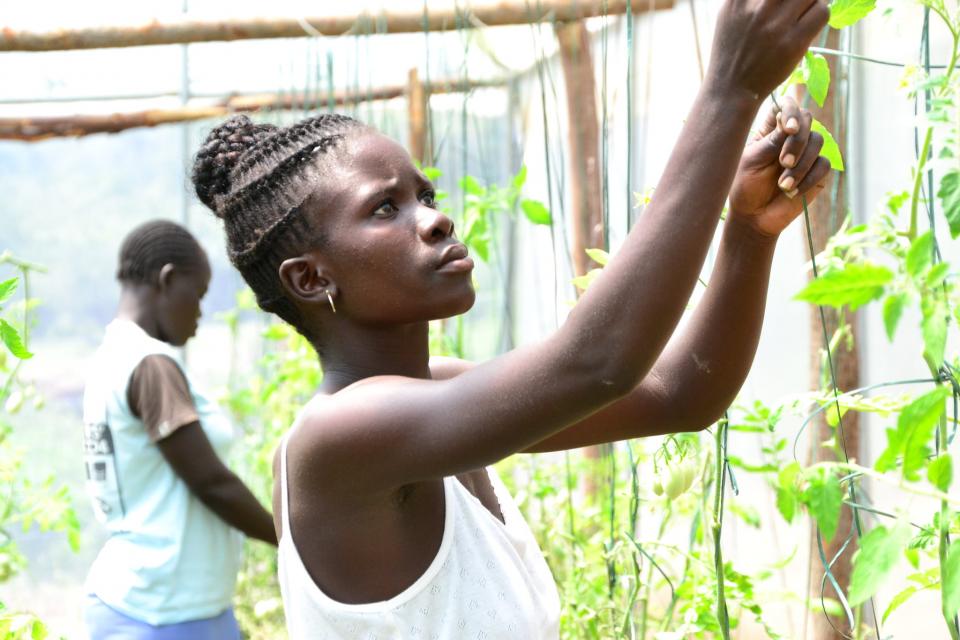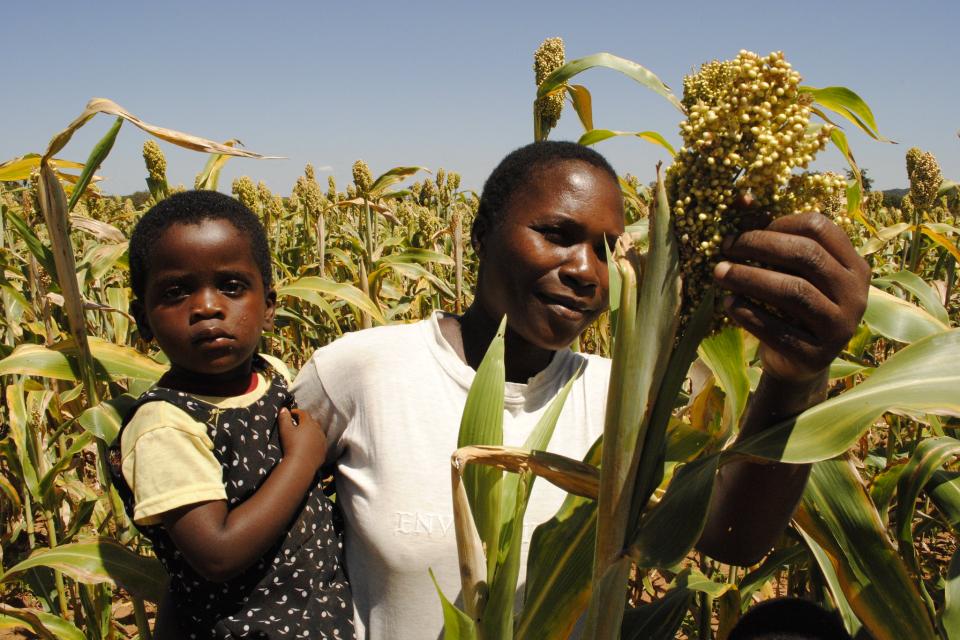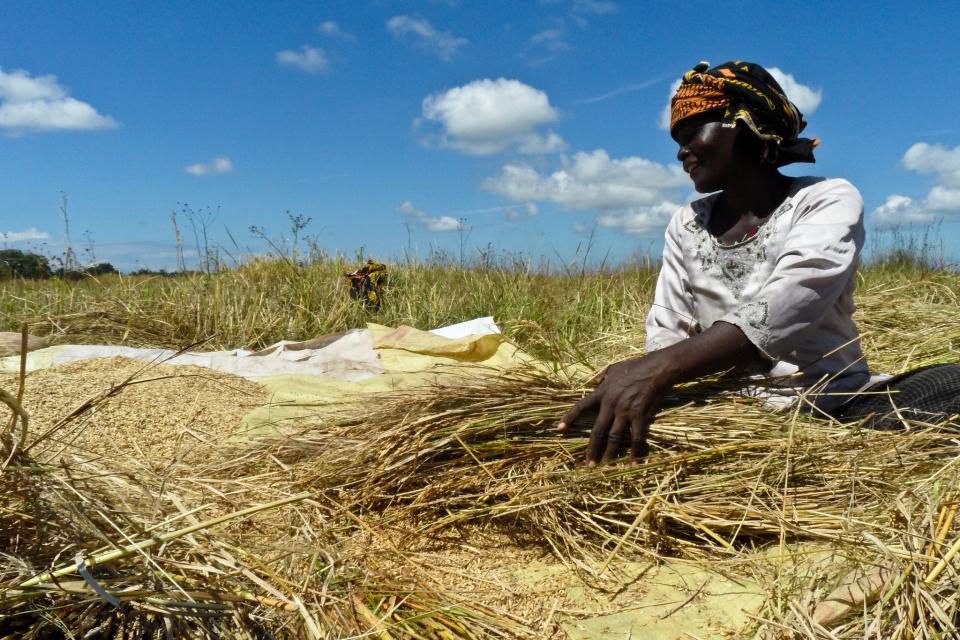Food system transformation needs to work for all: Why youth in the semi-arid drylands are underserved in agriculture
 Photo: Bioversity International
Photo: Bioversity International
Opportunities and challenges facing African youth especially in the semi-arid drylands have recently become major public policy and research discourses due to the attention stakeholders including researchers, governments, and development partners have given to youth involvement or the lack thereof in agriculture.
Although agriculture presents a great potential for employment opportunities for youth in Africa, the same opportunities have not been harnessed due to poor understanding of youth and ineffective policies and strategies for harnessing their potentials. Youth in the dryland function in a complex resource deficit environment; often stereotyped, misunderstood, and with less or no voice in the decisions about their future and livelihood.
Although youths are known in the developed countries as the drivers of development, narratives and the construct of the African youth, links youth to irregular migration, the phenomenon of child and foot soldiers (Alfy, 2016), criminal activities, and the consumption of narcotics and their insertion into hazardous gold panning activities. For all these reasons, young people are portrayed most of the time in many urban settings like in Mali as ‘thé-preneurs’ or ‘thé-chômeurs’- literally, tea-drinking unemployed (White, 2012, p.10). Beyond this dark, stereotypical, and alarmist picture of African youth, rural, young people are enterprising, innovative, market-oriented, and well organized in the provision of services, based on available market opportunities in their immediate environments or the regional centers of their country.
Even though youth are the main drivers of agriculture in Africa’s semi-arid drylands, they are faced with constraints that limit their interest in and make agriculture unattractive to the youth. These constraints include shortage of production resources (land and finance), negative attitude about agriculture, limited agricultural knowledge and skills as well as leadership and managerial skills, insufficient technical expertise, low involvement in decision making, the attraction of quick gains especially from collar jobs, market accessibility. Based on these constraints, agriculture is seen less as a trade or career, but rather as a domestic obligation or symbolic duty for many young people because traditional agriculture is not still seen as a real opportunity structure that can assure a secure livelihood (World Bank, 2007).


